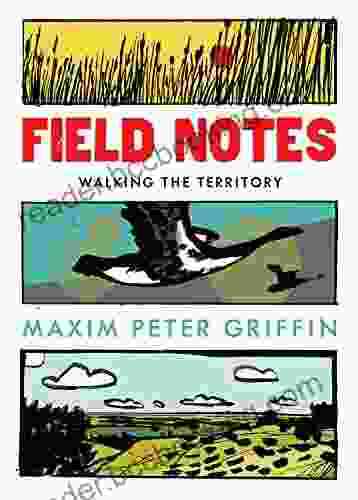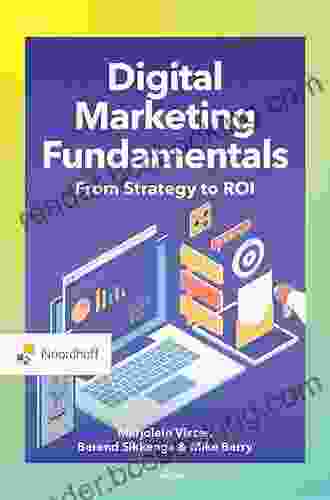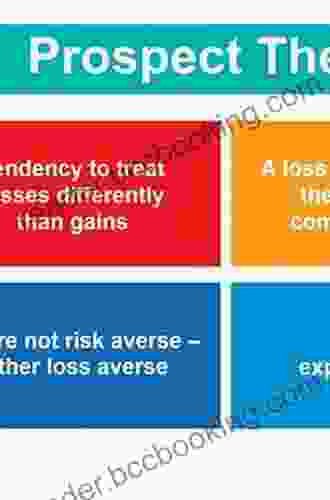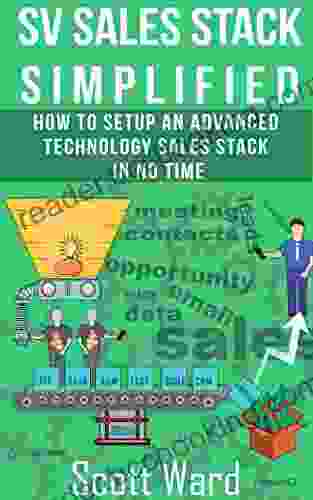Prospect Theory: A Revolutionary Framework for Understanding Risk and Ambiguity

In the realm of decision-making, Prospect Theory stands as a towering achievement, a Nobel Prize-winning model that has transformed our comprehension of risk and ambiguity. Developed by renowned scholars Daniel Kahneman and Amos Tversky, it has ignited a paradigm shift in economics, finance, psychology, and beyond.
4.6 out of 5
| Language | : | English |
| File size | : | 16822 KB |
| Text-to-Speech | : | Enabled |
| Screen Reader | : | Supported |
| Enhanced typesetting | : | Enabled |
| Print length | : | 517 pages |
| Lending | : | Enabled |
Unlike conventional economic models that assume rational and consistent behavior, Prospect Theory acknowledges the profound influence of psychological factors on decision-making. It posits that individuals evaluate gains and losses differently, exhibit aversion to losses, and are sensitive to the framing of choices.
Key Principles of Prospect Theory
At its core, Prospect Theory rests upon several fundamental principles:
- Reference Dependence: Individuals assess outcomes relative to a reference point, typically their current wealth or a perceived norm. Gains and losses are perceived differently depending on whether they exceed or fall short of this reference point.
- Loss Aversion: People are more averse to losses than they are attracted to gains of equal magnitude. This asymmetry influences decision-making, leading individuals to favor choices that preserve or protect their current wealth.
- Diminishing Sensitivity: The perceived value of gains and losses diminishes as their magnitude increases. This explains why individuals may be willing to take greater risks for smaller rewards but become more cautious when faced with larger potential losses.
- Framing Effects: The way choices are presented can significantly impact decision-making. Framing a decision as a gain or loss can lead to different preferences, even if the underlying outcomes are objectively the same.
Applications of Prospect Theory
Prospect Theory has far-reaching implications for decision-making in a diverse range of fields:
Finance:
In finance, Prospect Theory has illuminated investors' risk-taking behavior and the role of cognitive biases in market phenomena. It explains why investors may hold overly concentrated portfolios, exhibit herding behavior, and overreact to market fluctuations.
Economics:
Within economics, Prospect Theory has challenged traditional assumptions of rationality and challenged the notion that utility is a linear function of wealth. It has shed light on why individuals may make seemingly irrational decisions, such as valuing a sure gain more than a gamble with a higher expected value.
Psychology:
In psychology, Prospect Theory has offered a framework for understanding cognitive biases, decision-making under uncertainty, and the impact of emotions on judgment. It has helped researchers explore the psychological underpinnings of gambling, risky behavior, and consumer choices.
Marketing:
In marketing, Prospect Theory has provided insights into how consumers evaluate and respond to marketing messages. It has informed strategies for framing product offerings, designing incentives, and targeting customers based on their risk and ambiguity preferences.
Implications for Decision-Making
Prospect Theory's implications for decision-making are profound:
Recognize Cognitive Biases: Awareness of cognitive biases, such as loss aversion and framing effects, can help individuals make more informed and rational decisions.
Set Realistic Reference Points: Establishing realistic reference points can prevent individuals from making impulsive or overly cautious decisions.
Frame Choices Carefully: Understanding the impact of framing can empower individuals to present options in a way that aligns with their goals and preferences.
Consider Emotional Factors: Acknowledging the role of emotions in decision-making can enable individuals to make choices that are both rational and emotionally satisfying.
Prospect Theory is a groundbreaking framework that has revolutionized our understanding of risk and ambiguity in decision-making. By incorporating psychological factors into economic models, it has provided a more realistic and nuanced account of how individuals make choices under uncertainty. Its principles and insights continue to inform and shape decision-making in countless fields, empowering individuals and organizations to make wiser and more informed choices.
4.6 out of 5
| Language | : | English |
| File size | : | 16822 KB |
| Text-to-Speech | : | Enabled |
| Screen Reader | : | Supported |
| Enhanced typesetting | : | Enabled |
| Print length | : | 517 pages |
| Lending | : | Enabled |
Do you want to contribute by writing guest posts on this blog?
Please contact us and send us a resume of previous articles that you have written.
 Book
Book Novel
Novel Page
Page Chapter
Chapter Text
Text Story
Story Genre
Genre Reader
Reader Library
Library Paperback
Paperback E-book
E-book Magazine
Magazine Newspaper
Newspaper Paragraph
Paragraph Sentence
Sentence Bookmark
Bookmark Shelf
Shelf Glossary
Glossary Bibliography
Bibliography Foreword
Foreword Preface
Preface Synopsis
Synopsis Annotation
Annotation Footnote
Footnote Manuscript
Manuscript Scroll
Scroll Codex
Codex Tome
Tome Bestseller
Bestseller Classics
Classics Library card
Library card Narrative
Narrative Biography
Biography Autobiography
Autobiography Memoir
Memoir Reference
Reference Encyclopedia
Encyclopedia Marie Jenkins Schwartz
Marie Jenkins Schwartz Wayne Teasdale
Wayne Teasdale Rebecca Lerner
Rebecca Lerner Vanessa Riley
Vanessa Riley Kristine Ellingson
Kristine Ellingson Takehiko Inoue
Takehiko Inoue Sofia Insignares
Sofia Insignares Scott Meyers
Scott Meyers Steve Murray
Steve Murray Kirk White
Kirk White Madhushree Ghosh
Madhushree Ghosh Stephen Gregory
Stephen Gregory Nurseedu
Nurseedu Leatrice Eiseman
Leatrice Eiseman Selena Dale
Selena Dale Timo Holmquist
Timo Holmquist Stephane Cazeault
Stephane Cazeault Larry Light
Larry Light Trades Union Congress Tuc
Trades Union Congress Tuc Susan B Anderson
Susan B Anderson
Light bulbAdvertise smarter! Our strategic ad space ensures maximum exposure. Reserve your spot today!

 Don ColemanKing Lehr And The Gilded Age: A Journey into the Opulent World of New York's...
Don ColemanKing Lehr And The Gilded Age: A Journey into the Opulent World of New York's...
 William PowellTolstoy and the Purple Chair: A Journey through Time, Thought, and the Human...
William PowellTolstoy and the Purple Chair: A Journey through Time, Thought, and the Human... Brian WestFollow ·13.9k
Brian WestFollow ·13.9k Sammy PowellFollow ·13.8k
Sammy PowellFollow ·13.8k Jarrett BlairFollow ·16.4k
Jarrett BlairFollow ·16.4k Jesus MitchellFollow ·19.2k
Jesus MitchellFollow ·19.2k Victor TurnerFollow ·6k
Victor TurnerFollow ·6k Andres CarterFollow ·13.8k
Andres CarterFollow ·13.8k Ernest PowellFollow ·3.9k
Ernest PowellFollow ·3.9k Blake KennedyFollow ·8.1k
Blake KennedyFollow ·8.1k

 Liam Ward
Liam WardUnleash the Power of Goblin Slayer: Discover the Gripping...
Enter the Shadowy Realm of...

 Eli Brooks
Eli BrooksWalking the Territory: Your Essential Companion for...
Adventure Awaits! Prepare to immerse yourself...

 Floyd Richardson
Floyd RichardsonGoblin Slayer: A Gripping Light Novel Series That Will...
Step into the shadowy...

 Dennis Hayes
Dennis HayesFrom Strategy to ROI: The Ultimate Guide to Driving...
In the dynamic and competitive business...

 Edward Reed
Edward ReedUnveiling the Rich Tapestry of Tennis in Britain: A...
: Tennis - A British Love Affair Tennis, a...

 Michael Crichton
Michael CrichtonEscape into the Thrilling World of "Here and Now" by...
In the tapestry...
4.6 out of 5
| Language | : | English |
| File size | : | 16822 KB |
| Text-to-Speech | : | Enabled |
| Screen Reader | : | Supported |
| Enhanced typesetting | : | Enabled |
| Print length | : | 517 pages |
| Lending | : | Enabled |








